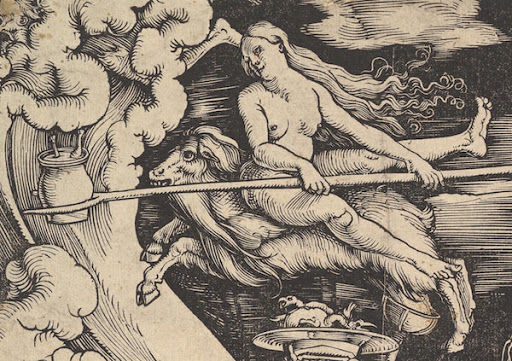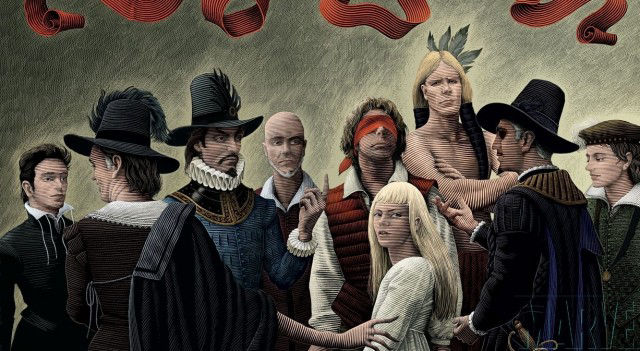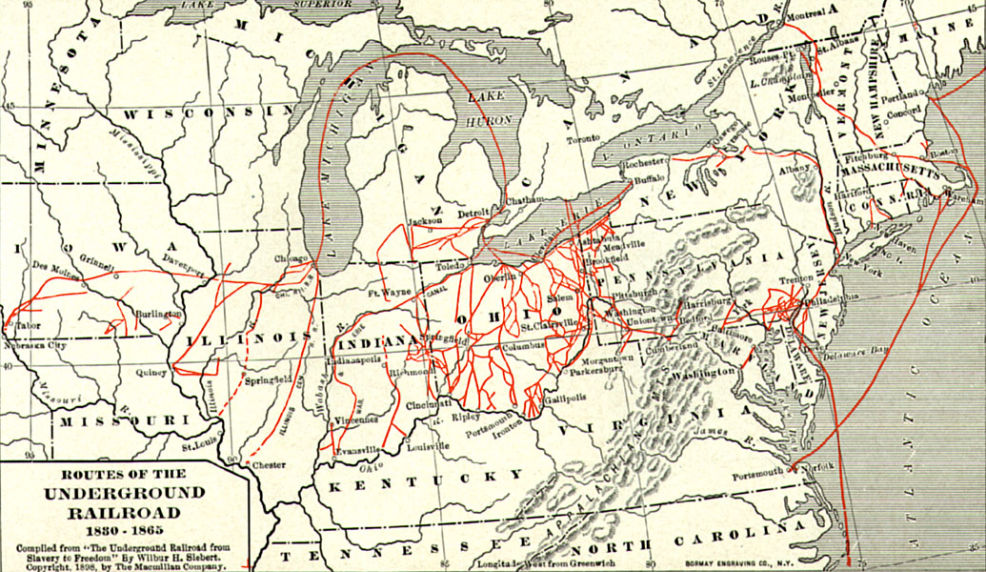
Honors CORE 101: What If?
What if the Underground Railroad was an actual railroad? What if Charles Lindbergh defeated Franklin D. Roosevelt in the 1940 presidential election? In this course, we explored how alternative fiction can shed light on the reality of the world.
CORE 101 allowed me to practice multiple styles of writing, ranging from my own work of alternative fiction to a research paper. Below is a link to a condensed version of my research paper -- an assignment which permitted me to explore historiography and the woes of the American education system.
Misinformed: How a 1918 Narrative Shapes Our Discussion of Slavery and Race Today
Creative writing is a bit alien to me, and this course allowed me the opportunity to explore my skills. Below is a piece of alternative fiction of an event I experienced long ago -- but with some added cultists. Warning: link will download the paper as a file.
The Storm, or: How I Learned to Stop Worrying and Love the Cultists
The required readings for the course included Station Eleven by Emily St. John Mandel; The Underground Railroad by Colson Whitehead; and The Plot Against America by Philip Roth.
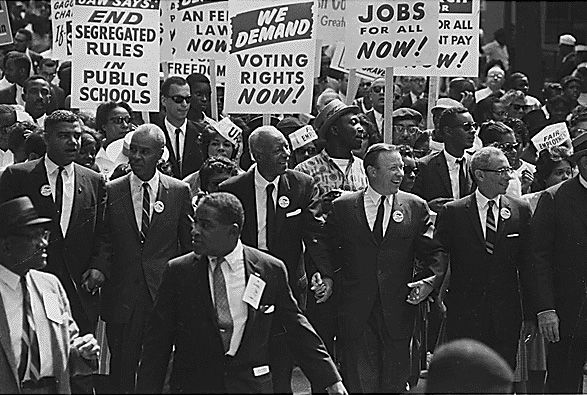
HNRS 225: Social Justice
Utopias are great, right? Maybe not. In HNRS 225, we analyzed different approaches to social justice found in fictional, scientific, philosophical, and biographical writings.
One such approach, outlined in Toni Morrison's Paradise, explored the pitfalls of utopianism with themes that echoed the strifes of American civil rights movements. For this novel, I wrote a paper exploring the relationship between historical legend and fact, and the ways in which the two intertwine to create a false image of social justice. You can find the paper below:
A Historiography of Utopianism: Truth in a Mythic Narration of the Past
As the name suggests, I used my love of historiography to analyze Morrison's commentary on utopianism, resulting in a synthesis between traditional narrative analysis and the processes behind the development of history.
Additional works include Predisposed by John R. Alford, John R. Hibbing, and Kevin B. Smith; The idea of Justice by Amartya Sen; and the writings and speeches of Dr. Martin Luther King, Jr.
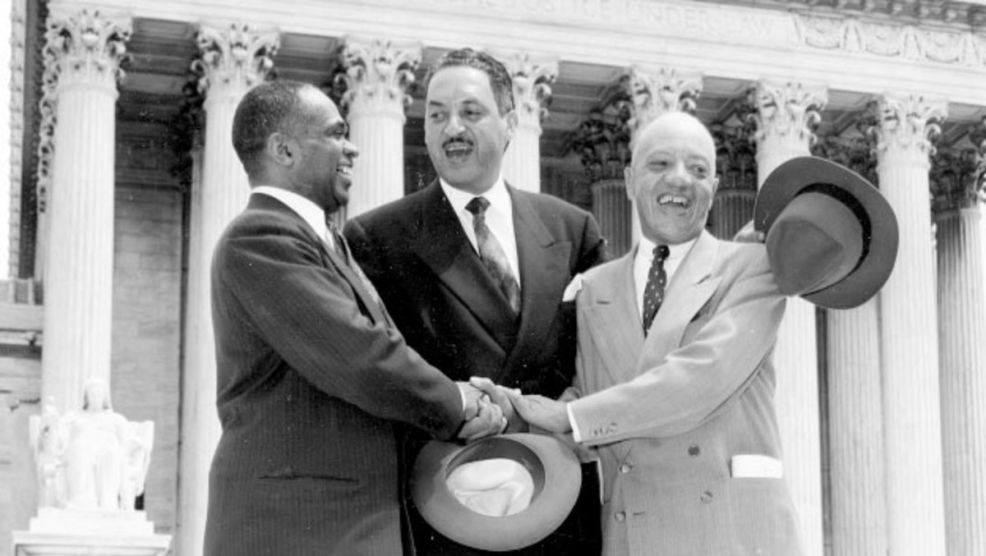
HIST 350: African-American History
While not an honors course, HIST 350 introduced me to various historical methods, including legal analysis and oral history, making it an important class to note.
A standout reading was the The Souls of Black Folk by W. E. B. Du Bois, a seminal work in sociology, history, and American literature published in 1903. For this work, I wrote a piece on Du Bois' concept of the veil, a metaphor describing the double-consciousness experienced by African-Americans. As I wrote this paper, I learned of the methods required to write a proper historical analysis that respected the heart and character of the primary source.
Under the Shadow of the Veil: The Search for Self-Consciousness
HIST 350 ended with an oral history project -- a method completely foreign to me. Tasked with interviewing Mrs. Cheryl Brown Henderson, founder of Brown Foundation for Educational Equity, Excellence and Research, a non-profit which seeks to expand upon the legacy of Brown v. Board. This project exposed me to the processes behind oral history and the importance of preserving personal experiences with historical records.
